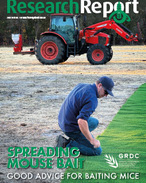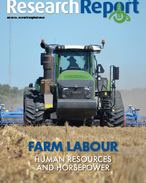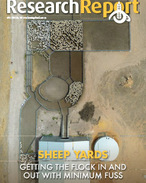This article is 3 years old. Images might not display.
The new technologies are being worked on by Australian researchers who are developing an image bank that will help deliver ‘green-on-green' weed recognition.
With investment from the Grains Research and Development Corporation (GRDC), a team of researchers led by Dr Michael Walsh, director weed research at the University of Sydney, has recently completed the pilot phase of crucial work that will underpin future developments for machine learning and weed recognition.
Dr Walsh said there are several commercial interests developing machine learning technologies for site-specific weed control in Australia, but they all need access to a collection of relevant images to essentially ‘train' computers in the development of weed recognition algorithms that can differentiate between crop and weed plants.
"We have set out to establish protocols for collecting and annotating images that will be stored in an open-source database that anyone with commercial or academic interests can contribute to and also use for future developments in this technology," Dr Walsh said.
"The pilot project has centred on collecting images and developing weed recognition algorithms to detect representative grass and weed species in wheat and chickpea crops."
The WeedAI database currently contains thousands of images of annual ryegrass and turnip weed growing in chickpea and wheat crops. These images have been manually annotated and used to develop and test weed recognition algorithms for their accuracy in correctly identifying weeds growing in-crop.
"We are hoping to fast-track developments and take advantage of the machine learning technologies that have capability to accurately recognise and locate in-crop weeds to ultimately provide growers with the opportunity to specifically target these weeds with a range of weed control options."
Dr Walsh said Australia is leading the way in developing weed recognition technologies for grain production systems and he believes the open-source database will reduce replication of effort and encourage technology companies to address more challenging scenarios, such as recognition of grass weeds in cereal crops.
Ground speed can be the enemy of real-time weed recognition systems, as accuracy increases considerably with speeds slower than those currently used for blanket spraying. With increasing computing processing speeds, the expectation is that in-crop weed recognition systems will be accurate at 10 to 15 km/h.
A number of commercial companies are bringing in-crop spot spraying to market and will be on-hand at WeedSmart Week, Esperance, Western Australia, in mid-August to showcase their technology.
For more information about weed control tactics or to register for WeedSmart Week, please visit: www.weedsmart.org.au






















